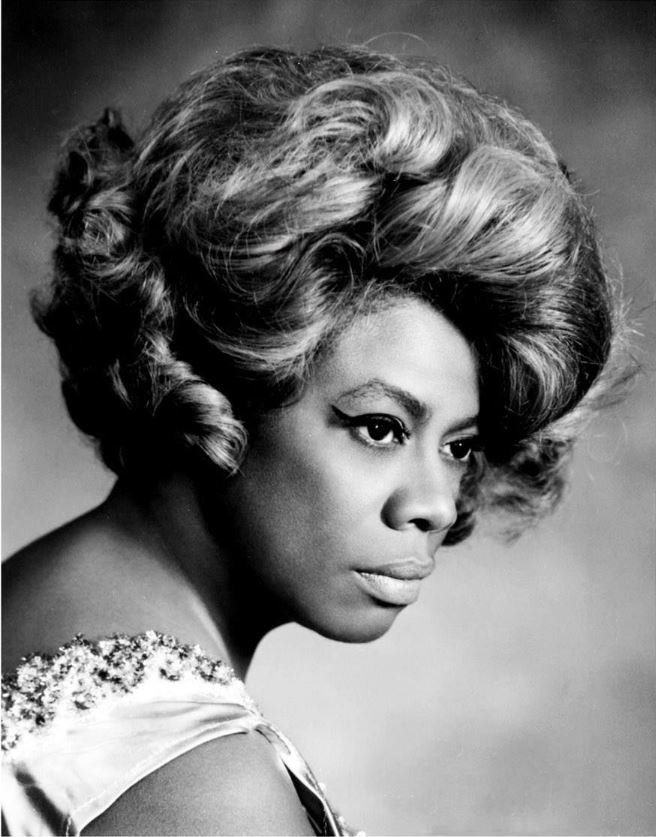Highlighting Women of Indiana Jazz
Women have been an essential part of the evolution of jazz music from the beginning. From Mary Lou Williams to Melba Liston to Billie Holiday, jazz as a genre would not be where it is today without the influence of women as instrumentalists, vocalists, and composers. Indiana has been home to some incredible female musicians whom we honor for their contributions to the Indianapolis jazz scene. Eight women are in the Indianapolis Jazz Hall of Fame, and each of their stories provides Indy with a unique sense of pride.
Aletra and Virtue Hampton grew up in an Indianapolis family full of musicians. They were two of 12 siblings, all musically inclined. The siblings comprised a family band, with Virtue on upright bass and Aletra on piano. The group sang and played at all the hotspots on Indiana Avenue at the time. After the war, their eldest brother, Duke, resurrected the family band, and they went on to tour the East Coast and Midwest, playing at New York hotspots like the Apollo Theater and even at Carnegie Hall in the late ‘40s. In 1954, the Hampton sisters (by then including four, with the addition of sisters Carmalita and Dawn) signed a contract with the Savoy label, recording “My Heart Tells Me” and “Hey Little Boy.” The sisters played all over Indianapolis for two decades, including a 15-year-long steady gig at Stein’s on North Meridian Street. Aletra and Virtue continued to perform well into their 80s and were honored by the State of Indiana and the Indianapolis Jazz Foundation as icons of Indiana’s jazz history. They were inducted into the Indianapolis Jazz Hall of Fame in 1991.
Pianist and song stylist Flo Garvin-Deakyne was among the first musicians to pave the way for integration in what had been all-white jazz clubs in Indiana in the 1930s and '40s. She played locally and all over the Midwest as a piano soloist. Garvin performed everywhere during her long musical career, from cruise ships to top nightspots around Indianapolis. Her influence in helping to open clubs for other Black performers makes her genuinely significant to the jazz history of Indiana, earning her an induction into the Hall of Fame in 1999.
Hazel Johnson-Strong began her vocal career at age five, singing on “The Talent Showcase” on WFBM Channel 6. By 14, she was the featured vocalist with the Larry Liggett Orchestra. A Crispus Attucks High School graduate, she performed with jazz greats such as Wes Montgomery, Buddy Montgomery, Duke Ellington, and George Benson. In 1986, she founded the Indianapolis Women in Jazz Program, showcasing female musicians while raising scholarship funds for aspiring students. She and her husband, Mack Strong, later established the Inner-City Music School, offering free music instruction to youth with support from the Indianapolis Jazz Foundation and the American Legion.
Cynthia Layne was a celebrated jazz and neo-soul vocalist in Indianapolis, often compared to Jill Scott, Dee Dee Bridgewater, and Sade. She was a fixture at Indy Jazz Fest and a sought-after performer in the region. The Dayton, Ohio, native gained prominence after winning the female vocalist category in Indiana Black Expo's StarQuest competition in 1987. Layne recorded Reality and Beautiful Soul with Indy-based Owl Music Group and performed at the 2012 Super Bowl Village festivities. Her rich voice and artistry left a lasting impression on the local jazz scene.
Electric violinist Cathy Morris has captivated audiences worldwide with her high-energy performances, original compositions, and passion for jazz and improvisation. She has opened for icons such as George Benson, Al Jarreau, and Burt Bacharach and performed at major events like the Formula One and Indy 500 races. As a dedicated educator, Morris collaborates with student orchestras and conducts workshops nationwide. Her influence extends beyond the stage, with published compositions and multiple recordings, including jazz, Latin, and holiday music.
Mary Moss, known as "The Lady with a Song," arrived in Indianapolis in 1958 and immediately became a staple of the city’s entertainment scene. She toured with her husband, King Moss, before settling into long-running residencies at venues like LaRue’s Supper Club and the Crown Room. In the 1970s, she appeared on Channel 13’s morning music and variety show before moving to Channels 4 and 8 as a performer and entertainment commentator. A mentor to young female musicians, she led the “Women of Jazz” ensemble and was a beloved presence at The Jazz Kitchen, the Chatterbox, and the Arts Garden. Her 2003 live album, Lady with a Song, cemented her legacy as one of Indy’s most influential jazz vocalists.
Edythe (Eydie) Fitzhugh began publishing Indy’s Jazz Scene: Fitzhugh’s Jazz Events Calendar in the 1970s. The newsletter promoted jazz performances, commemorated the lives of musicians and supporters, and encouraged attendance at local venues and festivals. A frequent patron of clubs on Indiana Avenue, Fitzhugh was deeply immersed in the city’s jazz culture. She served as secretary of the board of the Jazz Action Coalition in the mid-1980s and remained a passionate advocate for the jazz community throughout her life. She was inducted into the Jazz Hall of Fame in 2014.
All women highlighted by the Indianapolis Jazz Hall of Fame have stories of talent, passion, and influence. Their impact on the growth of Indiana’s jazz scene is undeniable. We encourage you to explore their profiles on the Indianapolis Jazz Hall of Fame website and join us in celebrating Women’s History Month!









